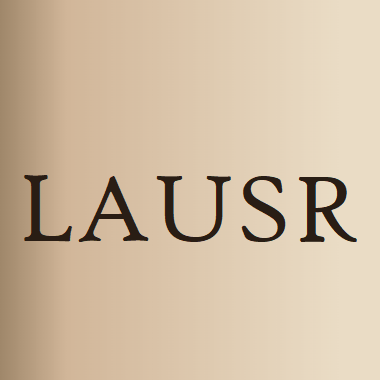
Rhythmic Auditory Music Stimulation Enhances Walking Distance in Patients With Claudication: A FEASIBILITY STUDY
Sign Up to like & getrecommendations! Published in 2018 at "Journal of Cardiopulmonary Rehabilitation and Prevention"
DOI: 10.1097/hcr.0000000000000300
Abstract: Purpose: Patients with claudication have altered gait, characterized by slower pace and shorter stride length, compared with matched controls. Rhythmic auditory music stimulation has been used successfully to reduce symptoms of pain and improve walking… read more here.
Keywords: rhythmic auditory; stimulation; distance; condition ... See more keywords

Rhythmic auditory stimulation for reduction of falls in Parkinson’s disease: a randomized controlled study
Sign Up to like & getrecommendations! Published in 2019 at "Clinical Rehabilitation"
DOI: 10.1177/0269215518788615
Abstract: Objective: To test whether rhythmic auditory stimulation (RAS) training reduces the number of falls in Parkinson’s disease patients with a history of frequent falls. Design: Randomized withdrawal study design. Subjects: A total of 60 participants… read more here.
Keywords: rhythmic auditory; falls parkinson; group; disease ... See more keywords

Effects of supraspinal feedback on human gait: rhythmic auditory distortion
Sign Up to like & getrecommendations! Published in 2019 at "Journal of NeuroEngineering and Rehabilitation"
DOI: 10.1186/s12984-019-0632-7
Abstract: BackgroundDifferent types of sound cues have been used to adapt the human gait rhythm. We investigated whether young healthy volunteers followed subliminal metronome rhythm changes during gait.MethodsTwenty-two healthy adults walked at constant speed on a… read more here.
Keywords: foot contact; human gait; rhythm; rhythmic auditory ... See more keywords

Influence of visual feedback and rhythmic auditory cue on walking of chronic stroke patient induced by treadmill walking in real-time basis.
Sign Up to like & getrecommendations! Published in 2017 at "NeuroRehabilitation"
DOI: 10.3233/nre-162139
Abstract: BACKGROUND Many patients who have suffered from a stroke show decreased walking ability, characterized by asymmetric gait. For such patients, the recovery of symmetry in walking is important. OBJECTIVES The purpose of this study is… read more here.
Keywords: rhythmic auditory; feedback; feedback rhythmic; visual feedback ... See more keywords

Feasibility of a rhythmic auditory stimulation gait training in community-dwelling adults after TBI: A case report.
Sign Up to like & getrecommendations! Published in 2021 at "NeuroRehabilitation"
DOI: 10.3233/nre-208016
Abstract: BACKGROUND Traumatic brain injury has multiple impacts on gait including decreased speed and increased gait variability. Rhythmic auditory stimulation (RAS) gait training uses the rhythm and timing structure of music to train and ultimately improve… read more here.
Keywords: community; feasibility; rhythmic auditory; gait training ... See more keywords

Effects of Rhythmic Auditory Cueing in Gait Rehabilitation for Multiple Sclerosis: A Mini Systematic Review and Meta-Analysis
Sign Up to like & getrecommendations! Published in 2018 at "Frontiers in Neurology"
DOI: 10.3389/fneur.2018.00386
Abstract: Rhythmic auditory cueing has been shown to enhance gait performance in several movement disorders. The “entrainment effect” generated by the stimulations can enhance auditory motor coupling and instigate plasticity. However, a consensus as to its… read more here.
Keywords: auditory cueing; multiple sclerosis; meta analysis; rhythmic auditory ... See more keywords

Motor Synchronization to Rhythmic Auditory Stimulation (RAS) Attenuates Dopaminergic Responses in Ventral Striatum in Young Healthy Adults: [11C]-(+)-PHNO PET Study
Sign Up to like & getrecommendations! Published in 2019 at "Frontiers in Neuroscience"
DOI: 10.3389/fnins.2019.00106
Abstract: Auditory-motor entrainment using rhythmic auditory stimulation (RAS) has been shown to improve motor control in healthy persons and persons with neurologic motor disorders such as Parkinson’s disease and stroke. Neuroimaging studies have shown the modulation… read more here.
Keywords: phno pet; rhythmic auditory; auditory stimulation; 11c phno ... See more keywords